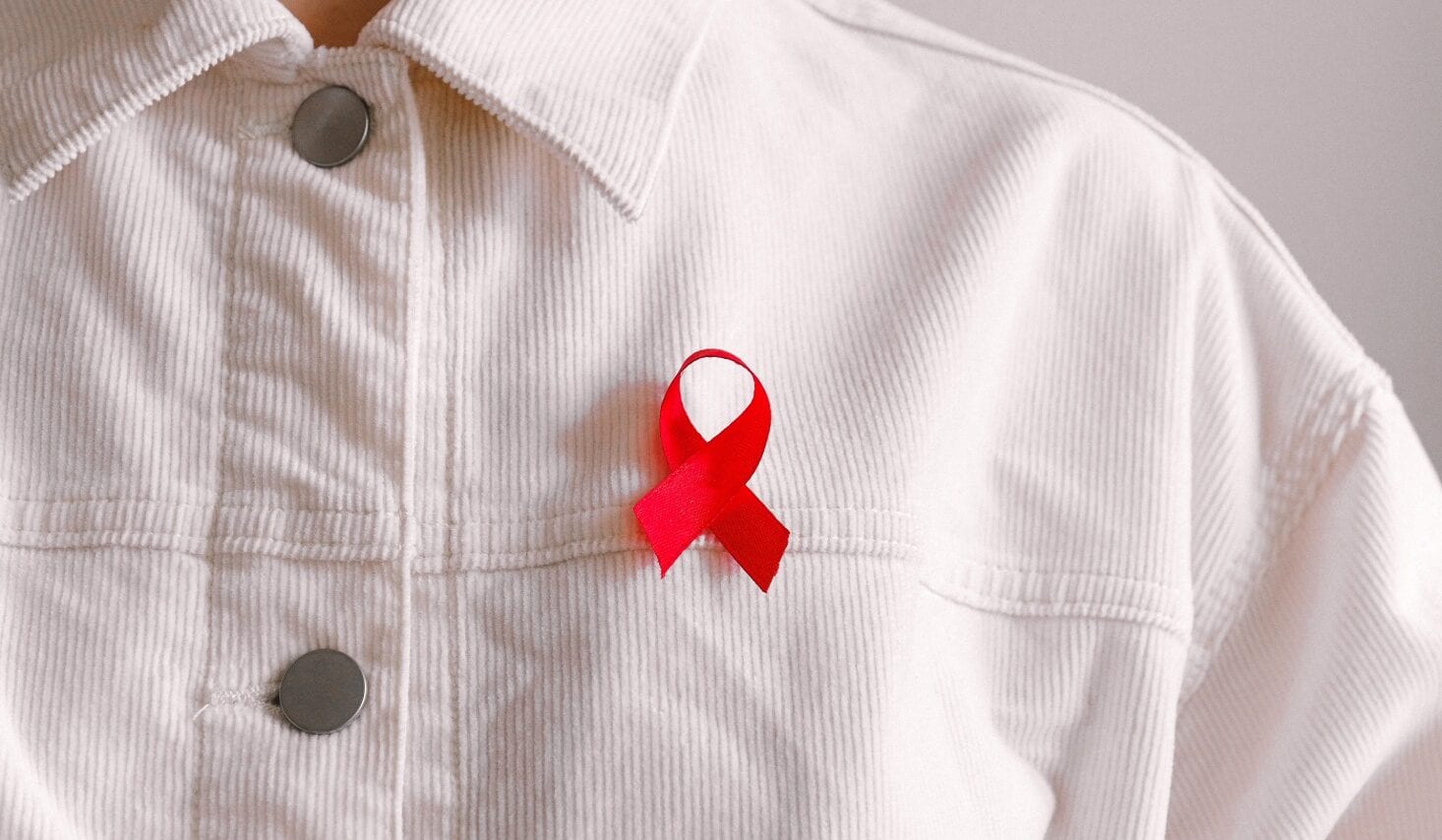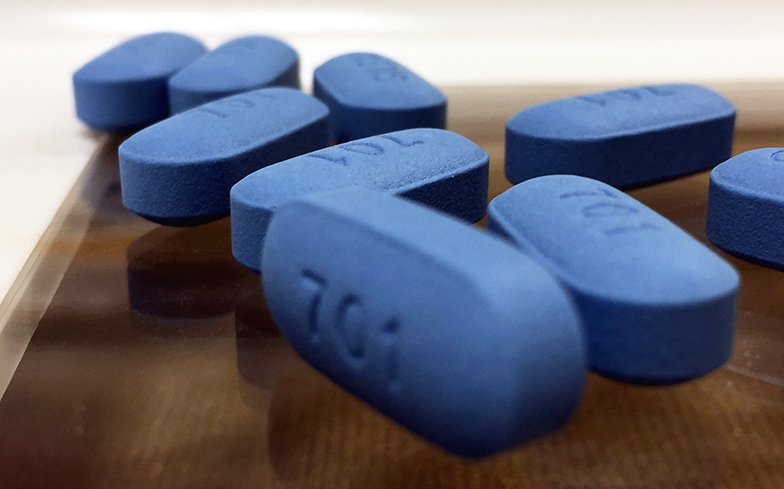
With so much confusion and misinformation around HIV transmission being passed around, we’ve taken the liberty of distilling key facts on prevention, treatment, and disclosure. We get it, there’s a lot of stigma around HIV and what it means to be HIV positive, but that comes from misinformation that has historically been used to spread anti-LGBTQ vitriol. Gone are the days when being diagnosed with HIV was a death sentence, and gone are the days when it was viewed as a ‘gay disease’. The more educated we all are about the facts, the closer we will come to reaching a point of zero new transmissions – something the UK government has committed to achieving by 2030. In fact between 2015 and 2017, new diagnoses fell from around 6000 to around 4300, so we are making progress.
Here are ten things to remember the next time you’re having a conversation with someone about their status.
1. Undetectable = Untransmittable
Having an ‘undetectable’ status means that there are so few copies of the HIV virus in your system that current testing methods will read as negative. The risk of transmitting HIV to a partner when antiretroviral treatment is effective is ZERO.
2. The Law On Disclosure
If you are HIV positive, you do not owe anyone an explanation of your status and it is completely your decision whether or not to tell a partner. This is provided you are having protected sex, which means using condoms or reaching undetectable status.
3. Prevention Using PrEP
Bareback sex is common, and it is likely someone you encounter will ask for it eventually, but there are still precautions you can take. Pre-Exposure Prophylaxis (or PrEP) is a drug that can be taken by HIV-Negative people, daily or on a per-event basis, that works to prevent HIV infection. There can be stigma around the assumptions of people taking PrEP, but taken properly it is more effective than condoms (which can split or leak) at preventing HIV transmission.
The clinic at 56 Dean Street suggest that if PrEP is taken as prescribed, it is close to 100% effective.
4. STIs via Kissing
PrEP will not prevent the transmission of STIs, however, so condoms are still a sensible option, but did you know you can also catch certain STIs from kissing? Both Herpes and Syphilis can be transmitted this way, particularly if one party has a cut or sore in his/her mouth.
5. Knowing Your Status
According to a study by Public Health England in 2018, 97% of people aware of their status living with HIV have are undetectable, but approximately 12% of people don’t know their status at all. Studies have shown that only 45% of the population can accurately identify ways HIV can be transmitted. Regular testing and education is the best way to prevent new transmissions.

6. Transmission Risk Is Highest Through Anal Sex
Being the ‘bottom’ during sex is the highest risk for HIV transmission, along with sharing contaminated needles for drug use. The risk is somewhat lower if you are the ‘top’, but this changes if the sex is rough or you currently have an undiagnosed STI.
7. You Can’t Catch HIV From Kissing
You cannot catch HIV from any of the following things: masturbation, kissing, touching, sharing a toilet seat, sharing a razor or toothbrush, or used condoms. That last one may come as a surprise, but the HIV virus cannot survive long outside the body, so while it may not be hygienic to play with those things, you wont get HIV that way. Note: A previous version of this article suggested that HIV cannot be acquired through discarded needles. According to NAM Aidsmap, HIV can actually survive in syringes for up to six weeks, but there have been no reported cases of HIV infection through contact with a needle discarded in a public place.
8. Transmission Is Incredibly Low Through Oral Sex
So low that you would not be prescribed PEP (see the next point) by a doctor for exposure to HIV through oral sex. The chance is highest if you were the person giving head and your partner had a cut or sore on their genitals, but even then the rates are low.
9. Emergency Medication for contact
If you think you’ve put yourself at risk of HIV infection and are worried, NHS advice is to visit the nearest emergency room or sexual health clinic and explain the situation. Post Exposure Prophylaxis (PEP) is a combination of drugs (one pill once daily, another pill twice daily) taken for 28 days which will minimise the risk of infection, and you will be asked to take a HIV test at the end of that course. The first 72 hours after exposure is the crucial window for taking PEP, and the earlier you start, the higher chance it has of working.
10. People with HIV live the same lives as everyone else
We shouldn’t have to say this in 2019, but HIV is now a manageable condition, meaning that anyone living with the virus and on effective treatment can live just as long and mundane a life as anyone else.


